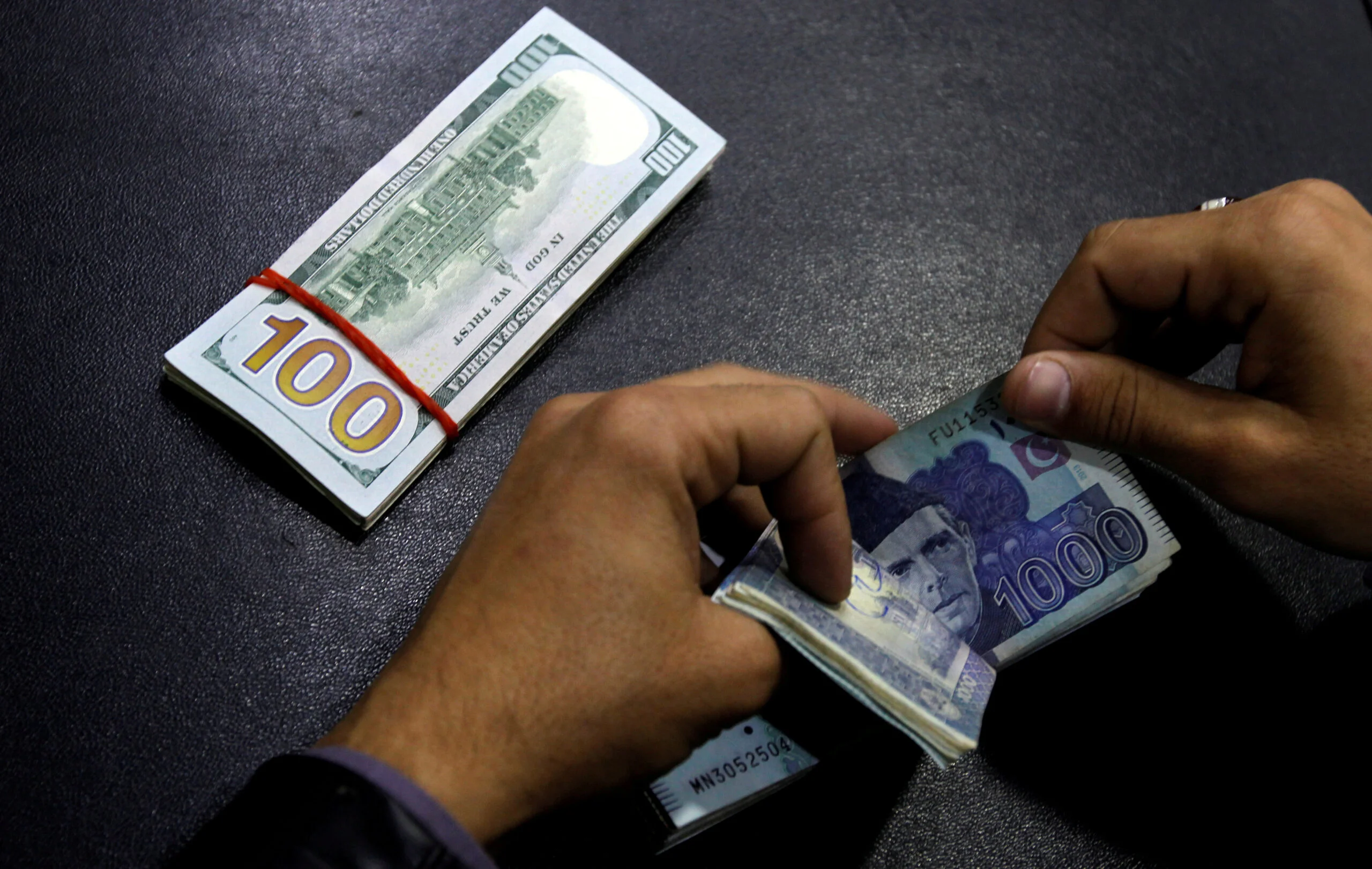The dollar rate in Pakistan has continued to rise in the open market, reaching a new high of PKR 285 on Tuesday. This is a significant increase from the previous high of PKR 280, which was reached on Monday.
Here are some of the factors that are contributing to the rise in the dollar rate:
- Political uncertainty:
The recent no-confidence motion against Prime Minister Imran Khan has heightened political uncertainty in the country. This is making investors and businesses more hesitant to invest in Pakistan, which is putting downward pressure on the rupee. - The rising cost of imports:
Pakistan imports a significant amount of goods, including oil, gas, and food. The rising cost of these imports is making it more difficult for the country to balance its trade, which is putting downward pressure on the rupee.
- Depleting foreign exchange reserves:
Pakistan’s foreign exchange reserves have fallen to a critical level. This is making it more difficult for the government to meet its import obligations, which is putting downward pressure on the rupee.
The rise in the dollar rate is having a negative impact on the Pakistani economy
It is making it more expensive for businesses to import goods, which is leading to higher inflation. The rising dollar rate is also making it more difficult for Pakistanis to travel abroad.
The government is taking a number of measures to try to stabilize the rupee.
These measures include raising interest rates, imposing restrictions on imports, and seeking financial assistance from the International Monetary Fund.
It remains to be seen whether these measures will be successful in stabilizing the rupee.
However, the rising dollar rate is a major concern for the Pakistani economy, and it is likely to continue to have a negative impact on the country’s economic growth.


